Home>Garden Essentials>How To Make Grape Seed Oil
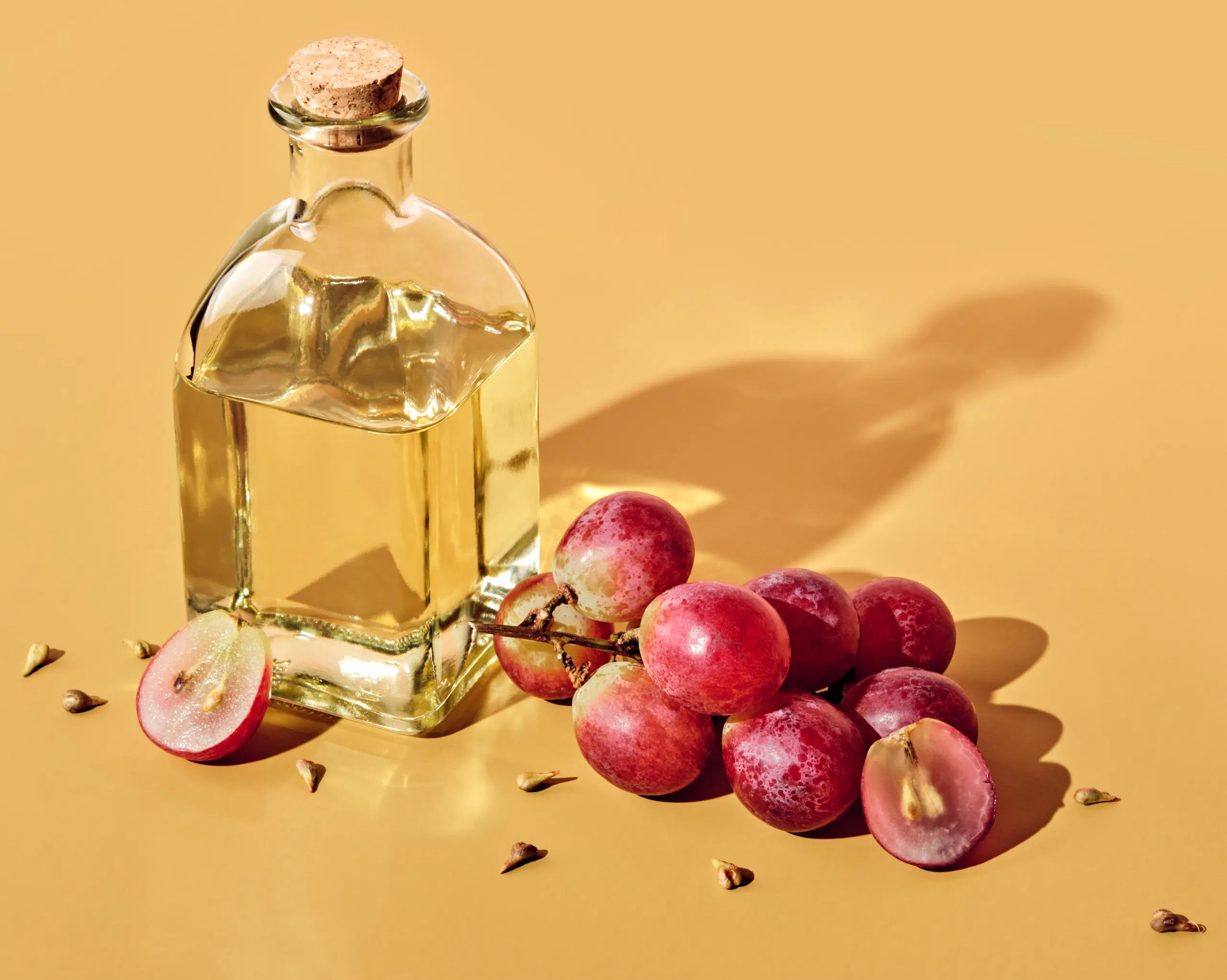

Garden Essentials
How To Make Grape Seed Oil
Modified: August 17, 2024
Learn how to make grape seed oil at home using fresh garden grapes. Discover the simple steps and enjoy the benefits of this natural, healthy oil.
(Many of the links in this article redirect to a specific reviewed product. Your purchase of these products through affiliate links helps to generate commission for Storables.com, at no extra cost. Learn more)
Introduction
Welcome to the world of grape seed oil! Derived from the tiny seeds found within grapes, this oil has been gaining popularity for its numerous health benefits and versatile uses. Whether you’re a health-conscious individual looking for a natural alternative to traditional cooking oils, or you’re simply interested in exploring the world of DIY beauty products, grape seed oil is a fantastic option to consider.
Grape seed oil is extracted through a meticulous process that involves harvesting and collecting the seeds, cleaning and drying them, crushing and grinding, and finally, extracting the oil. In this article, we will guide you step by step on how to make grape seed oil from scratch. So let’s dive in and get started on this exciting journey!
Before we proceed, it’s important to note that making grape seed oil requires some specialized equipment and a bit of patience. However, the rewards are well worth the effort. So, if you’re ready to embark on this adventure, let’s begin with step one: harvesting and collecting grape seeds.
Key Takeaways:
- Making grape seed oil involves harvesting, cleaning, drying, crushing, and extracting the oil. It’s a rewarding process that results in a versatile oil for cooking and skincare.
- Grape seed oil is beneficial for cooking, skincare, and haircare due to its high smoke point and moisturizing properties. Making your own oil ensures purity and quality.
Read more: Where Can I Find Grape Seed Oil
Step 1: Harvesting and Collecting Grape Seeds
The first step in making grape seed oil is to harvest and collect the grape seeds. This process is typically done during the grape harvesting season, which varies depending on the grape variety and geographical location.
When harvesting grapes, it’s important to choose high-quality, fully ripened grapes. Look for grapes that are plump, juicy, and free from any signs of decay or damage. This ensures that the grape seeds will be in optimal condition for oil extraction.
Once you have selected the grapes, the next step is to carefully remove the seeds. One method is to cut the grapes in half and gently scoop out the seeds using a spoon or your fingers. Alternatively, you can press the grapes through a fine-mesh sieve, which will separate the seeds from the pulp and juice.
After removing the seeds, it’s important to separate them from any remaining pulp or juice. You can do this by rinsing the seeds under cold water or placing them in a bowl of water and gently agitating them. This will help remove any residue and ensure that the seeds are clean and ready for further processing.
Once you have harvested and cleaned the grape seeds, it’s time to move on to the next step: cleaning and drying the seeds. This step is crucial to ensure the quality and longevity of the grape seed oil.
Step 2: Cleaning and Drying Grape Seeds
After harvesting and collecting the grape seeds, the next step in making grape seed oil is to clean and dry the seeds. Cleaning the seeds removes any impurities or residue that may have been left behind during the harvesting process, while drying them ensures that the seeds are free from moisture, which can affect the quality of the oil.
To clean the grape seeds, start by placing them in a colander or fine-mesh sieve. Rinse the seeds thoroughly under cold running water, gently rubbing them with your fingers to remove any remaining pulp or debris. This will help eliminate any impurities and ensure that you’re working with clean seeds.
Once the seeds are clean, spread them out on a clean and dry surface, such as a baking tray or a clean kitchen towel. Allow the seeds to air dry for several hours, or overnight if needed. It’s important to ensure that the seeds are completely dry before moving on to the next step, as any residual moisture can affect the extraction process and the quality of the oil.
A helpful tip is to periodically stir or toss the seeds during the drying process to ensure even drying and prevent them from sticking together. You can also use a fan or a dehydrator to expedite the drying process, but it’s essential to monitor the temperature to prevent overheating and damaging the seeds.
Once the grape seeds are dry, they are ready for the next step: crushing and grinding. This step helps release the oil from the seeds and prepares them for the extraction process. So let’s move on to step three and get grinding!
Step 3: Crushing and Grinding Grape Seeds
Crushing and grinding the dried grape seeds is an essential step in the process of making grape seed oil. This step helps to break down the tough outer shell of the seeds and release the oil trapped within.
There are different methods you can use to crush and grind the grape seeds. One popular method is to use a mortar and pestle, which allows for manual crushing and grinding. Simply place a small batch of dried grape seeds in the mortar and use the pestle to crush and grind them into a coarse powder. Continue this process until all the seeds have been crushed.
If you have a blender or a food processor, you can also use this equipment to grind the grape seeds. Place a small batch of dried seeds in the blender or food processor and pulse until you achieve a fine powder consistency. Be careful not to over-process the seeds, as this can result in overheating and damaging the oil.
Another option is to use a specialized seed or nut grinder, which is designed specifically for grinding small seeds or nuts. These grinders are equipped with sharp blades or burrs that efficiently grind the seeds into a fine powder with minimal effort.
Regardless of the method you choose, it’s important to work in small batches to ensure even grinding and prevent the equipment from becoming overloaded. This allows for better control and consistent results.
Once you have crushed and ground the grape seeds into a fine powder, you’re ready for the next step: extracting the oil. This step is crucial in obtaining the pure and nutrient-rich grape seed oil. Let’s move on to step four and learn how to extract the oil!
To make grape seed oil, start by drying the grape seeds, then press them to extract the oil. Finally, filter the oil to remove any remaining particles.
Step 4: Extracting Oil from Grape Seeds
Extracting the oil from the crushed and ground grape seeds is a key step in making grape seed oil. There are different methods you can use for oil extraction, including cold-pressing, heat extraction, and solvent extraction. In this guide, we will focus on the cold-pressing method, which is the most common and straightforward technique for extracting oil from grape seeds.
To start the extraction process, you will need a grape seed oil press or an oil expeller machine. These machines are specifically designed to apply pressure to the crushed grape seeds, effectively separating the oil from the solids.
Before you begin, make sure that your grape seed powder is evenly distributed and free from any clumps or moisture. This will ensure optimal oil extraction and prevent any complications during the process.
Next, place the grape seed powder or meal into the oil press or expeller machine. Adjust the settings according to the manufacturer’s instructions and initiate the pressing process. The machine will apply pressure to the grape seed powder, squeezing out the oil and leaving behind a solid residue known as grape seed cake.
As the oil is being extracted, it will flow out through the openings in the press or expeller machine into a container or collection vessel. You may need to use a strainer or cheesecloth to filter the oil and remove any remaining solids or impurities.
It’s important to note that cold-pressing maintains the oil’s natural flavors, nutrients, and beneficial properties. The low temperature ensures that the oil retains its integrity and quality.
Once the oil has been extracted, you can proceed to the next step: filtering and storing the grape seed oil. This step helps to remove any remaining impurities and ensures the longevity of the oil. Let’s move on to step five and learn how to filter and store the oil properly!
Read more: How To Germinate Grape
Step 5: Filtering and Storing Grape Seed Oil
After extracting the grape seed oil, the next step is to filter and store it properly. This ensures that the oil is clear, free from any debris, and maintains its freshness and quality over time.
To begin, you will need a clean and dry container to store the oil. Glass bottles or jars with airtight lids are ideal for this purpose, as they help to protect the oil from light, heat, and air exposure, which can cause oxidation and spoilage.
Before transferring the oil into the storage container, it’s essential to filter it to remove any remaining solids or impurities. You can use a fine-mesh strainer or cheesecloth to strain the oil as you pour it into the container. This simple step ensures that your grape seed oil is free from any unwanted particles.
Once the oil has been filtered, seal the container tightly and store it in a cool, dark place away from direct sunlight and heat sources. This will help to preserve the oil’s freshness and maintain its nutritional properties.
It’s worth noting that grape seed oil has a relatively long shelf life, typically lasting up to one year if stored correctly. However, it’s always a good idea to check the oil for any signs of rancidity or degradation before using it in culinary or beauty applications.
Now that you have successfully extracted, filtered, and stored your grape seed oil, it’s time to reap the benefits! Grape seed oil is highly versatile and can be used in cooking, skincare, haircare, and even massage therapy.
As a cooking oil, grape seed oil is known for its high smoke point, making it suitable for various cooking methods, including frying, sautéing, and baking. It has a mild and neutral flavor, allowing it to complement a wide range of dishes without overpowering the other ingredients.
In skincare, grape seed oil is valued for its lightweight texture and moisturizing properties. It is rich in antioxidants, vitamins, and fatty acids, which help nourish the skin, promote cell regeneration, and protect against environmental damage. Grape seed oil can be used as a facial moisturizer, massage oil, or as an ingredient in homemade skincare products.
With its numerous health benefits and versatile uses, grape seed oil is truly a treasure from nature. By following these steps, you can make your own high-quality grape seed oil that is free from additives and preservatives.
So start your grape seed oil-making adventure today and unlock the potential of this wonderful ingredient!
Disclaimer: This article is for informational purposes only and does not constitute medical advice. Consult with a healthcare professional before using grape seed oil for any therapeutic purposes.
Conclusion
Congratulations on completing the journey of making grape seed oil! Throughout the process, you have learned how to harvest and collect the grape seeds, clean and dry them, crush and grind, extract the oil, and finally filter and store it.
Grape seed oil is a versatile and healthy oil that can be used in various culinary, skincare, and haircare applications. Its high smoke point makes it perfect for cooking, while its moisturizing and antioxidant properties make it beneficial for the skin and hair.
By making your own grape seed oil, you have the advantage of knowing its origin and ensuring it is free from any additives or preservatives. The process of making grape seed oil may require some specialized equipment and patience, but the rewards are well worth it.
Remember, it’s always important to consult with a healthcare professional before using grape seed oil for medicinal purposes or if you have any specific health concerns.
So, why not start incorporating this wonderful oil into your cooking and skincare routines? Experiment with its delicate flavor in your favorite recipes or enjoy its nourishing benefits in your skincare rituals.
Thank you for joining us on this grape seed oil-making adventure. We hope you have found this guide informative and inspiring. Enjoy the journey of creating your own grape seed oil and exploring the countless possibilities it offers.
Happy grape seed oil making!
Frequently Asked Questions about How To Make Grape Seed Oil
Was this page helpful?
At Storables.com, we guarantee accurate and reliable information. Our content, validated by Expert Board Contributors, is crafted following stringent Editorial Policies. We're committed to providing you with well-researched, expert-backed insights for all your informational needs.
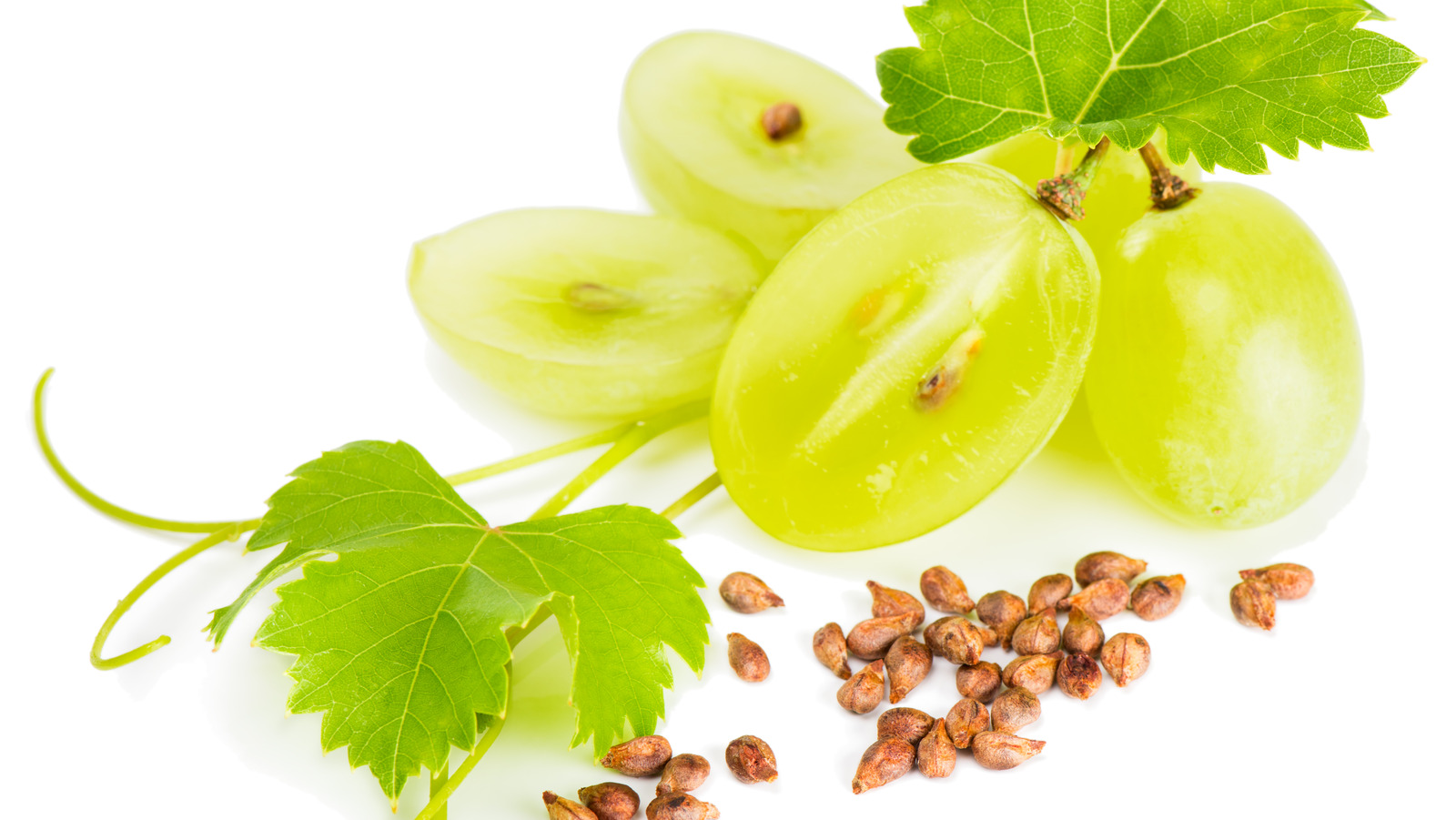
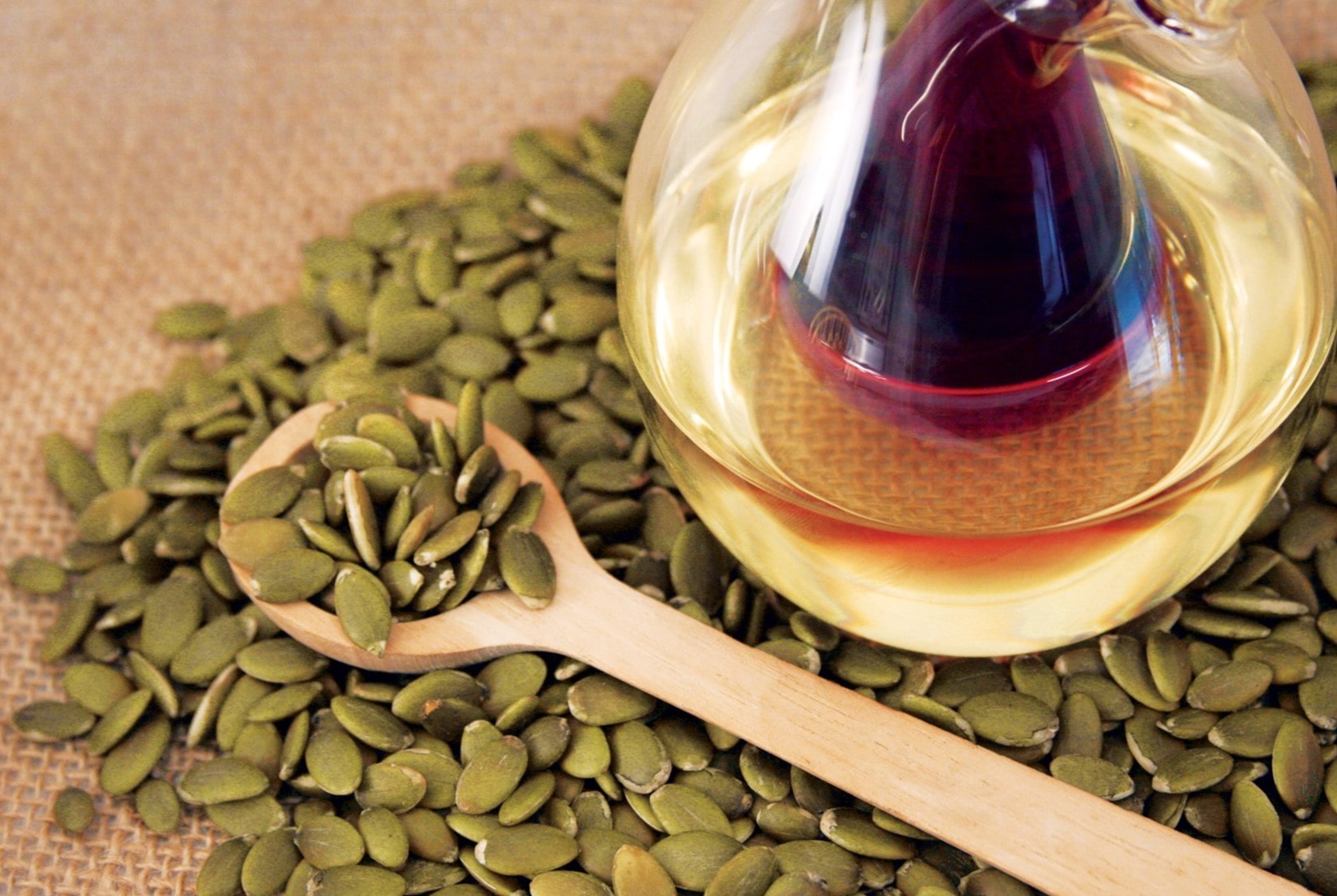
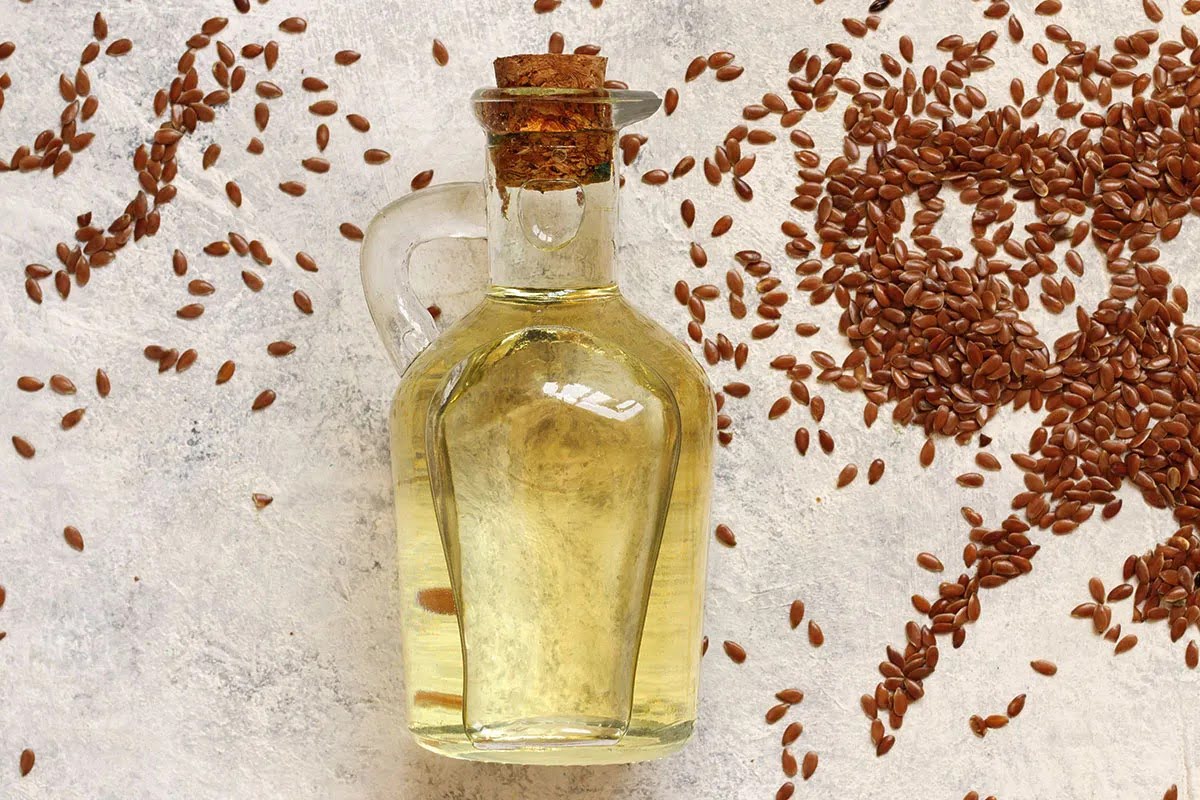
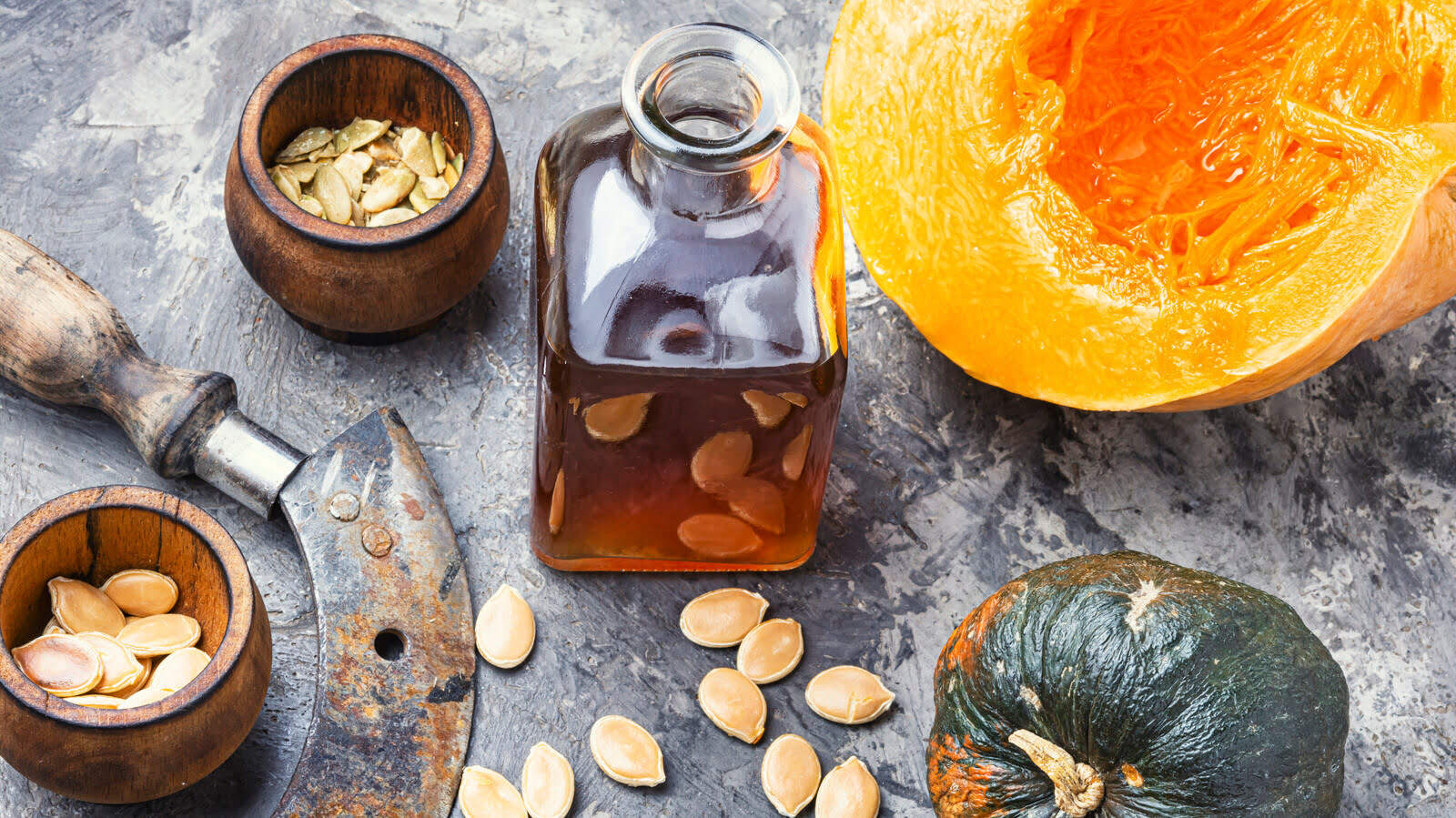

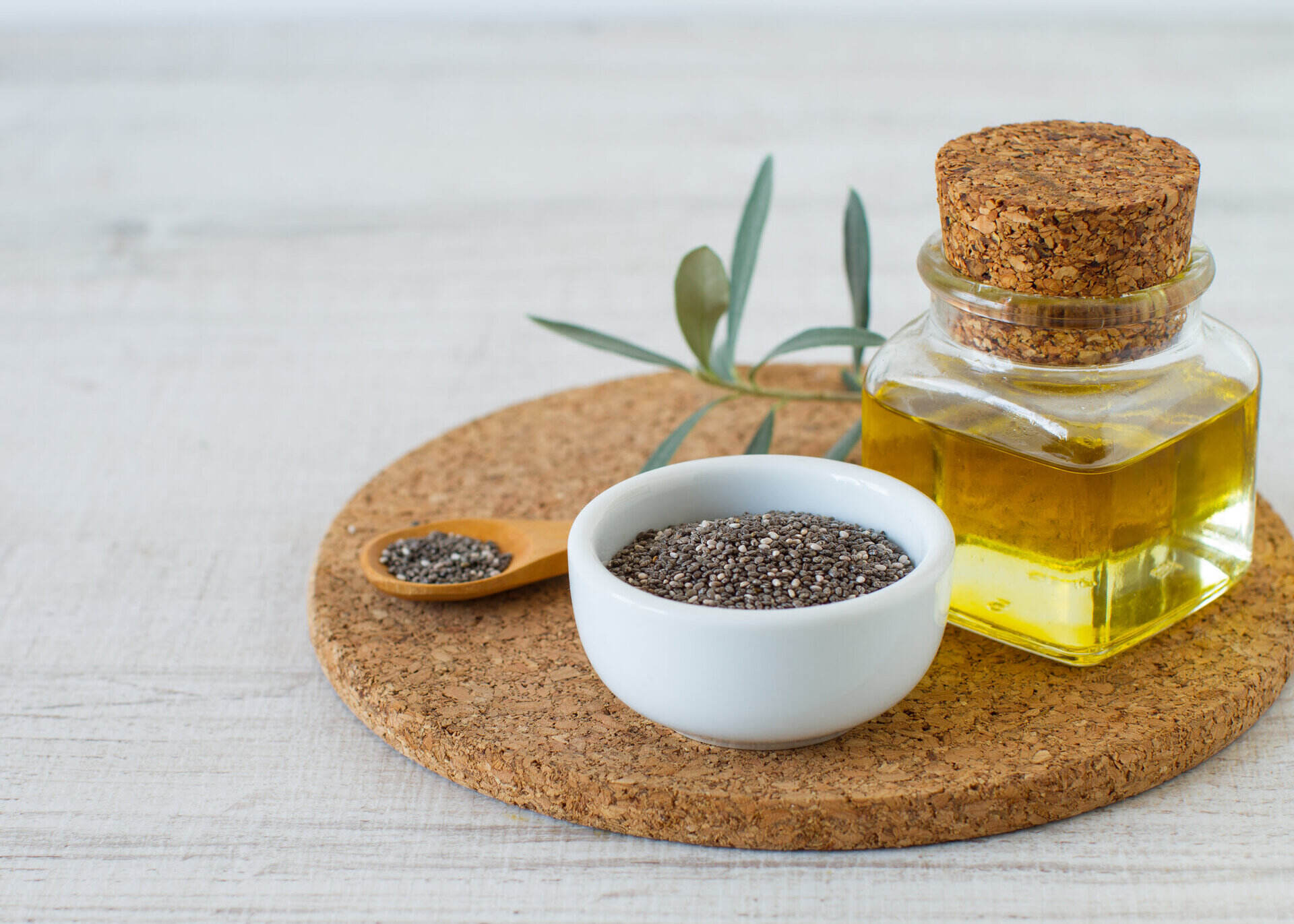
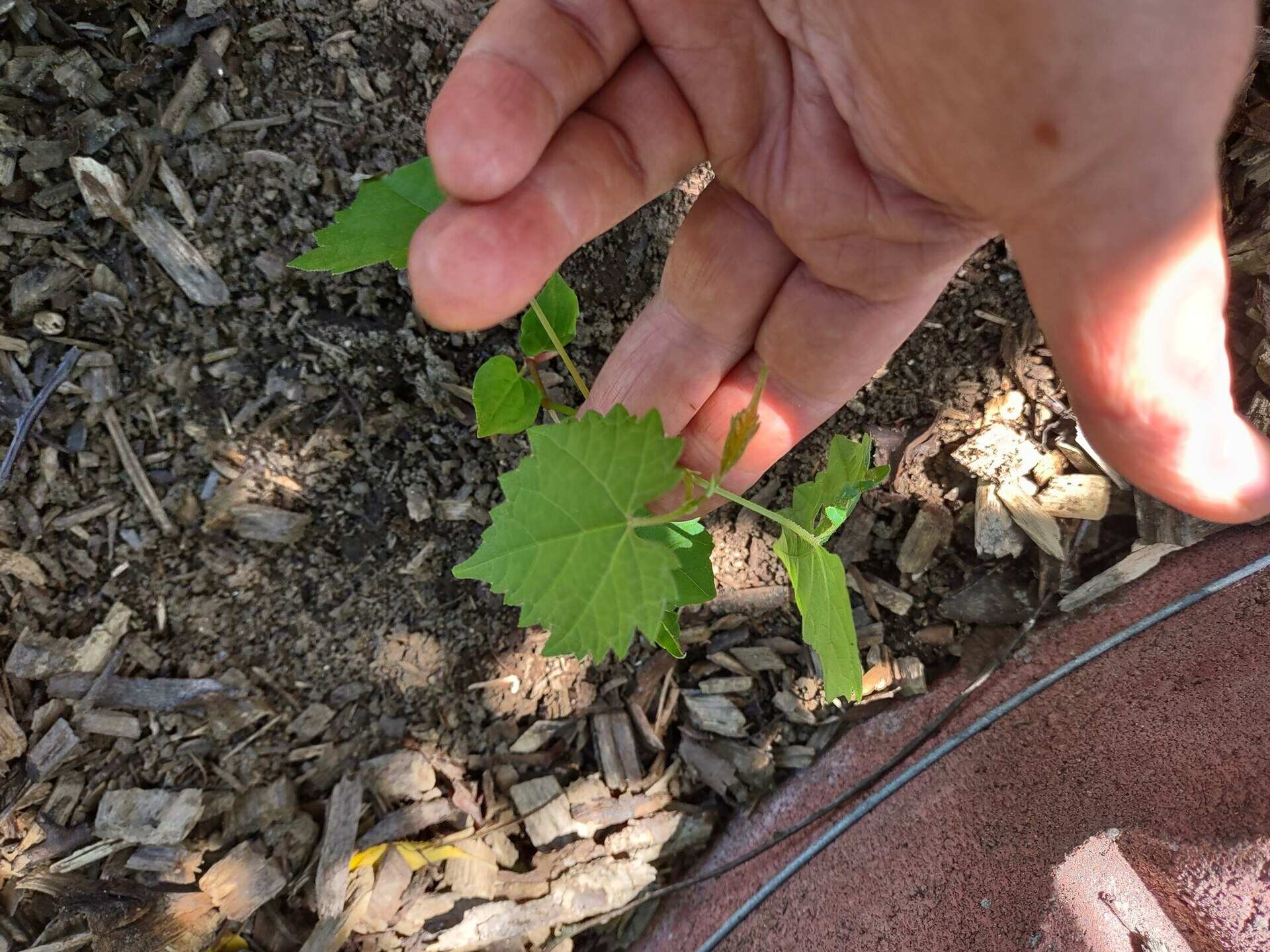


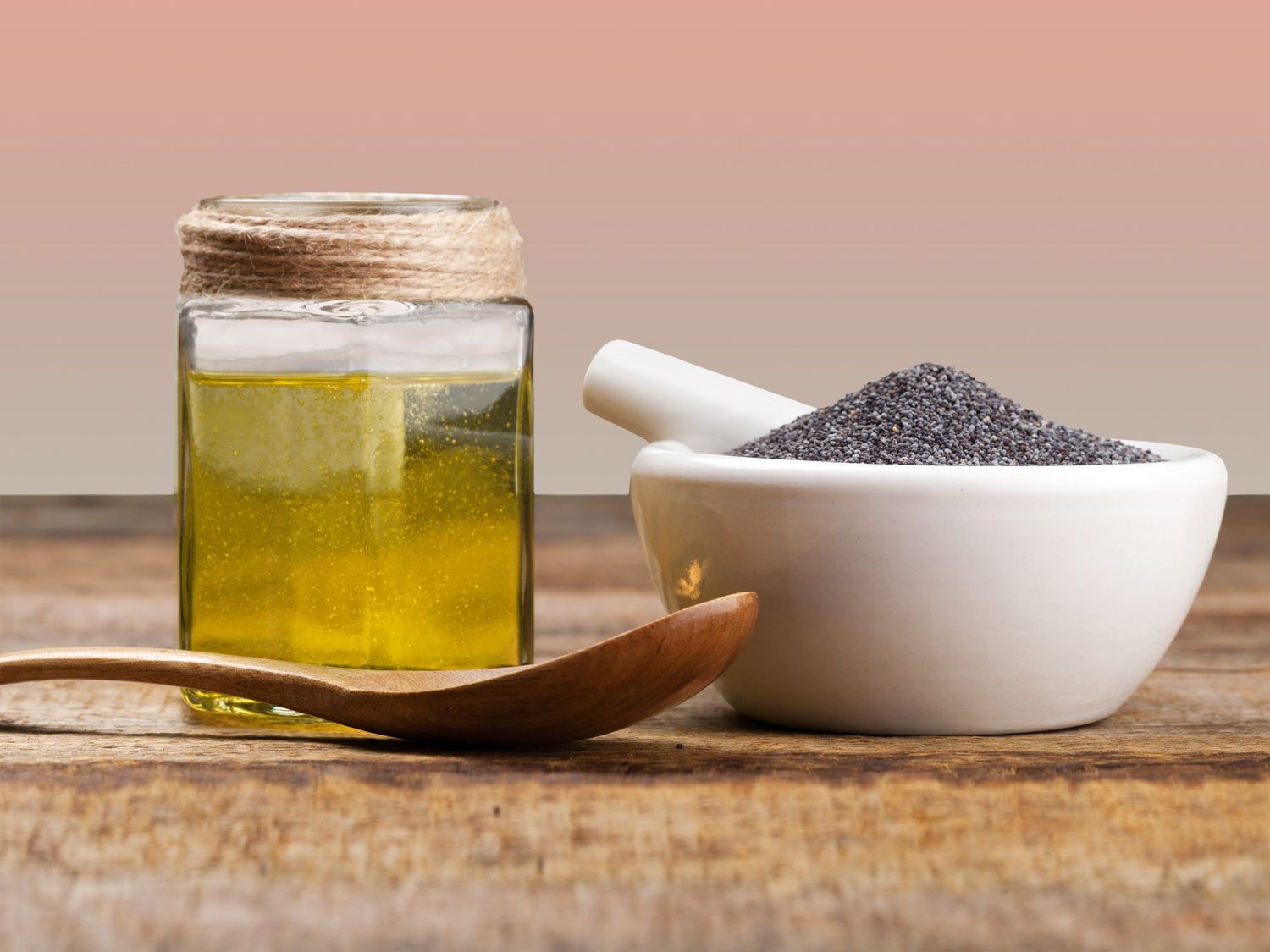
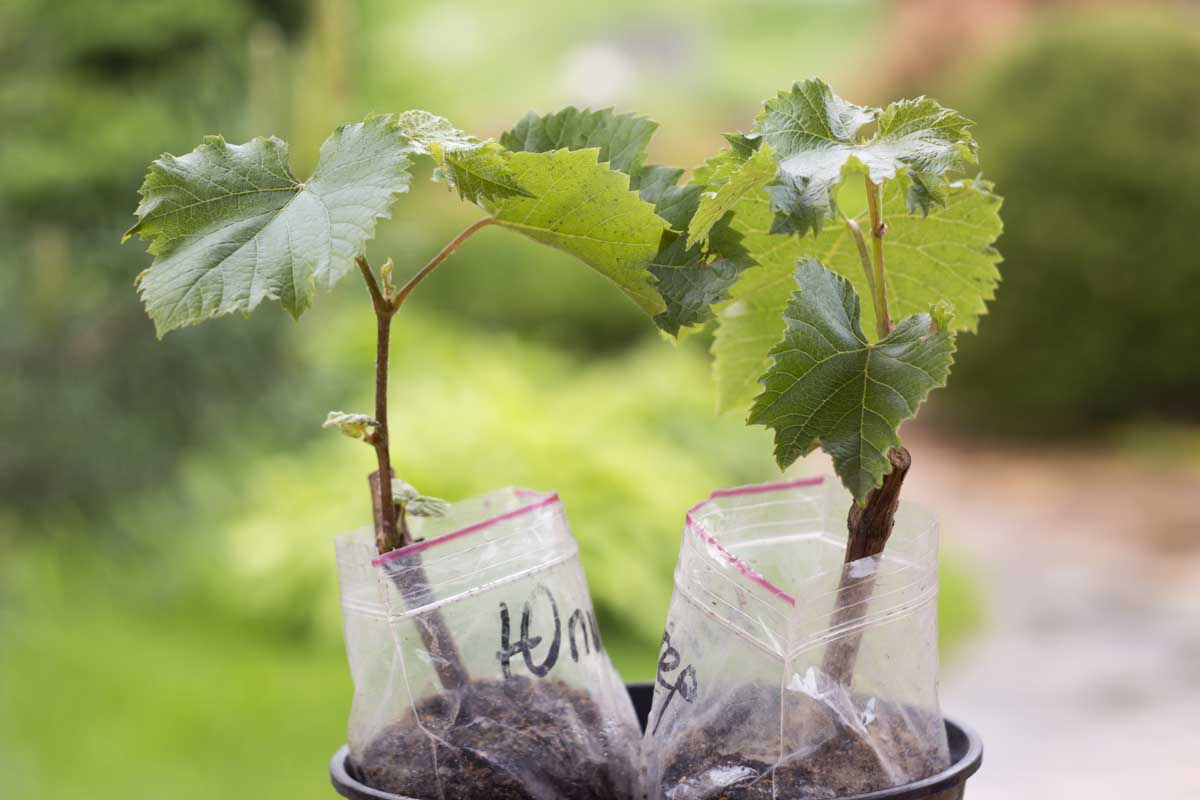
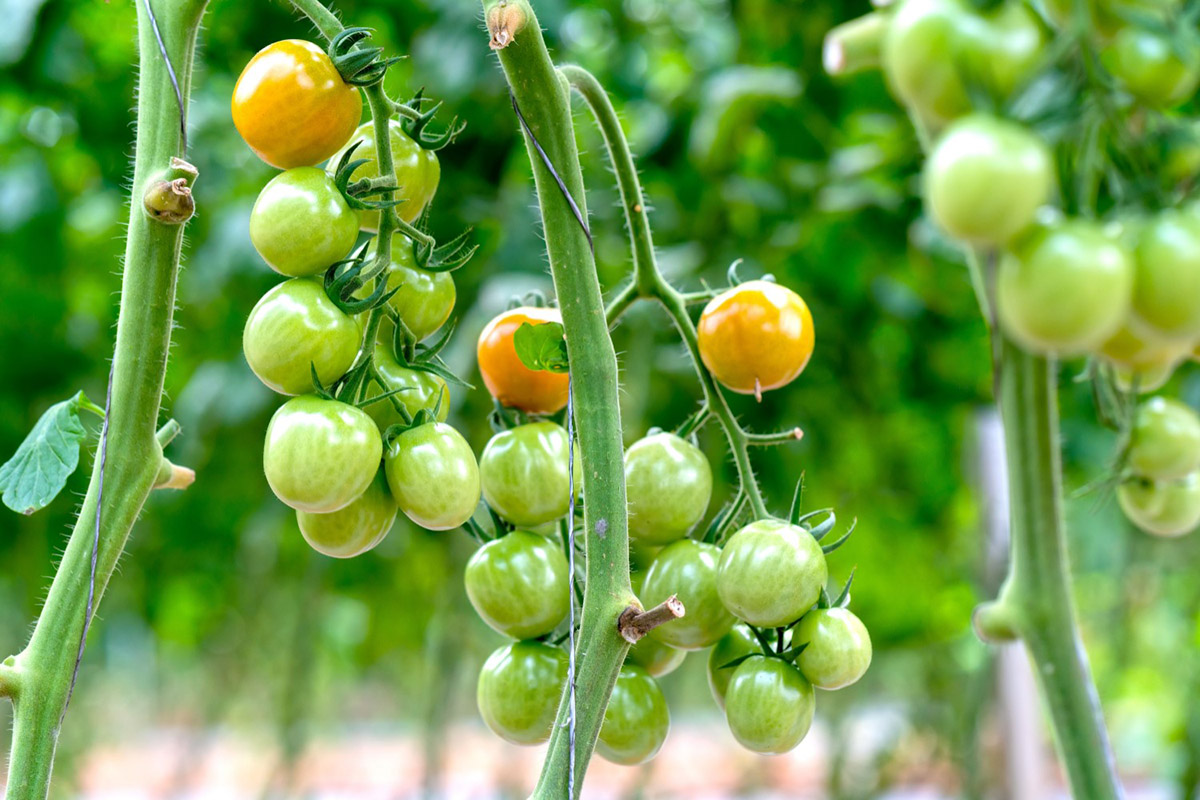
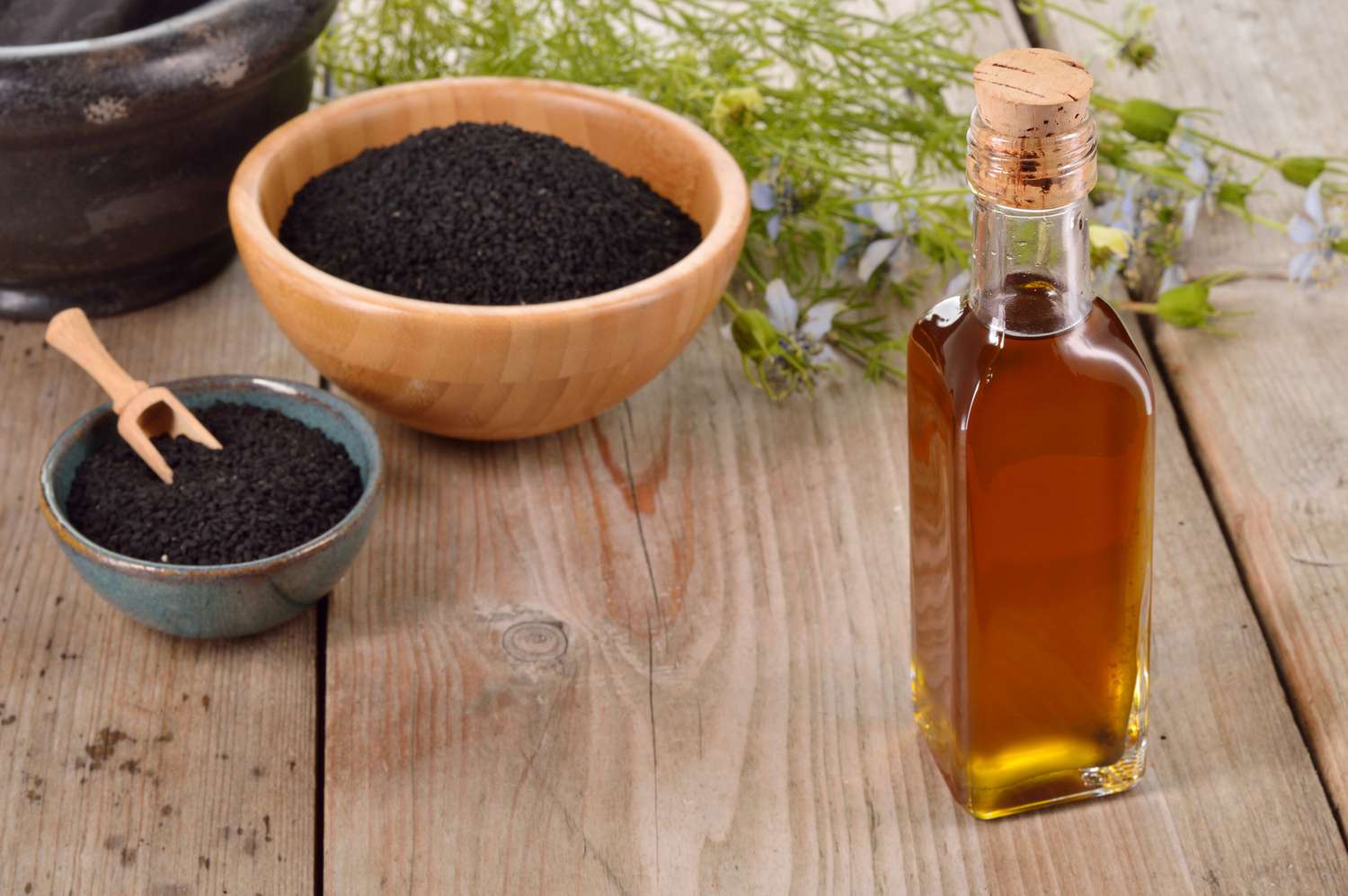


0 thoughts on “How To Make Grape Seed Oil”